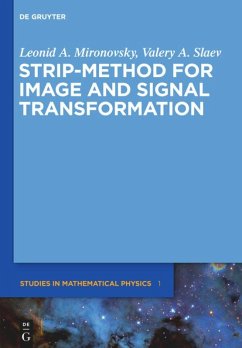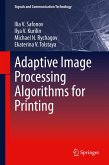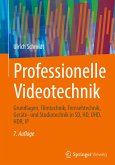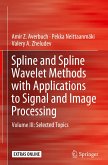This work deals with the matrix methods of continuous signal and image processing according to which strip-transformation is used. The authors suggest ways to solve a problem of evaluating potential noise immunity and synthesis of an optimal filter for the case of pulse noises, of applying the two-dimensional strip-transformation for storage and noise immune transmission of images. The strip-transformation of images is illustrated by examples and classes of images invariant relative to symmetrical orthogonal transformations.
The monograph is intended for scientists and specialists whose activities are connected with computer signals and images processing, instrumentation and metrology. It can also be used by undergraduates, as well as by post-graduates for studying computer methods of signal and image processing.
The monograph is intended for scientists and specialists whose activities are connected with computer signals and images processing, instrumentation and metrology. It can also be used by undergraduates, as well as by post-graduates for studying computer methods of signal and image processing.
"From the beginning, it is worth noting that the two authors have long been active in the domain, over 30 years (see the References), whence the excellent clarity of the exposition. [...] The volume represents an excellent exposition of an interesting theory and its experimental validation. This book is an excellent read for students as well as for researchers in communication theory." Mathematical Reviews








